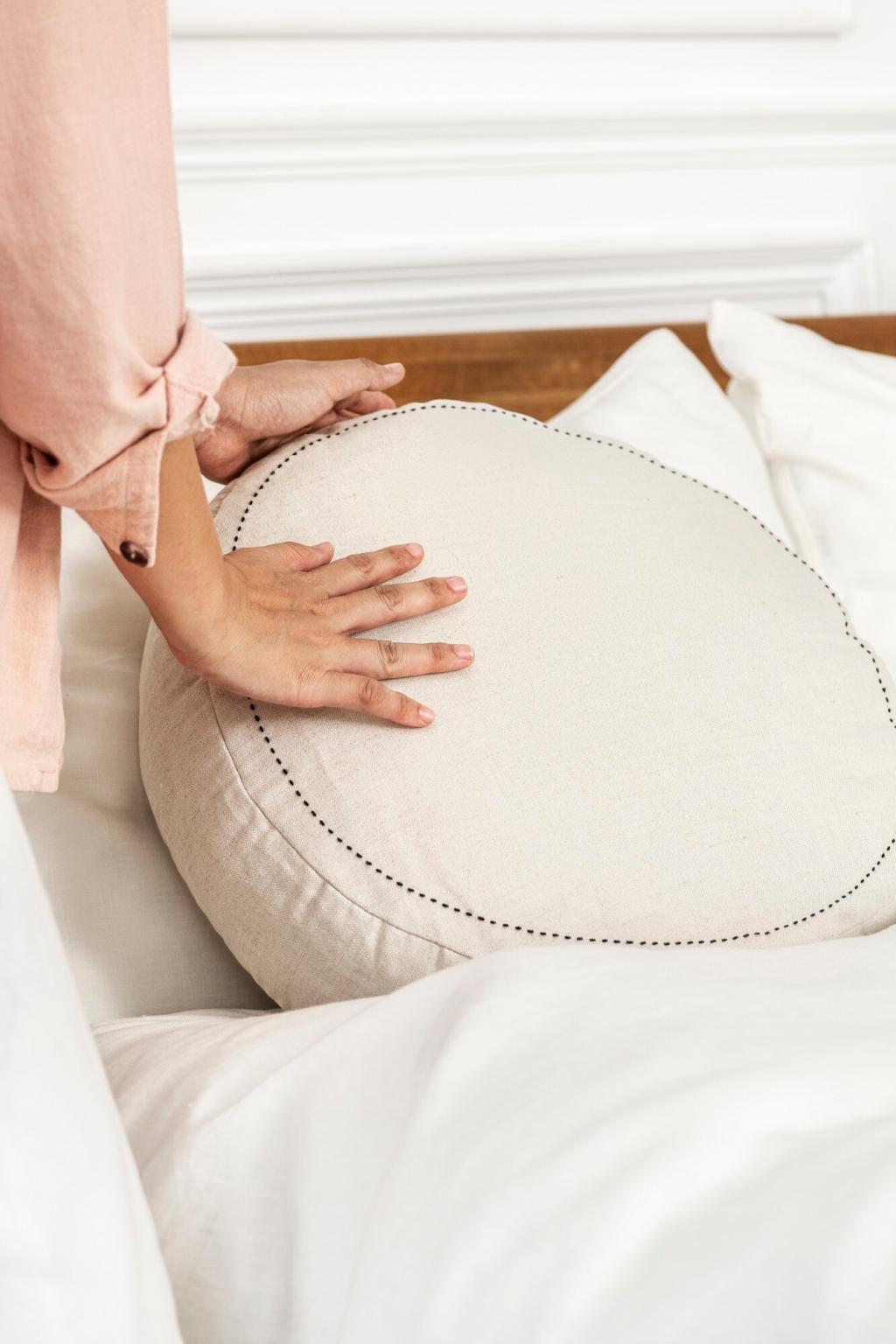Care, Longevity, and End-of-Life for Silk Bedding
Use pH-balanced, silk-safe detergents in cool water, skip fabric softeners, and air-dry out of direct sun. Mesh bags reduce abrasion in machines, and spot-cleaning prevents unnecessary full washes. These habits conserve energy, preserve fiber strength, and keep colors luminous. What gentle-care trick has served you best over time?
Care, Longevity, and End-of-Life for Silk Bedding
Snags and small tears can be invisibly mended by a skilled tailor, prolonging use by years. When color fades, natural overdyeing can extend appeal without buying new. One reader rescued a wedding-gift pillowcase with a tiny ladder stitch and fell in love all over again—share your revival stories too.







